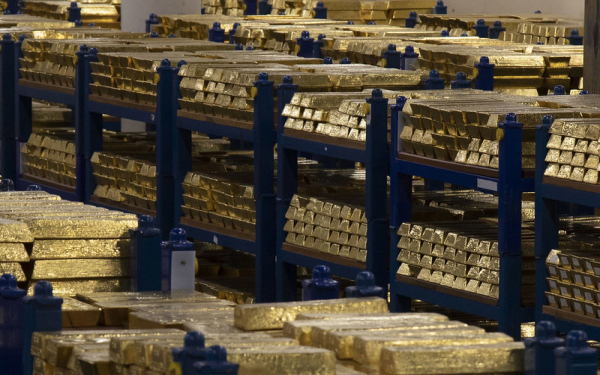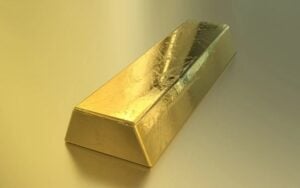Euro Has Been Overtaken by Gold as International Reserve, Will the Dollar Be Next?

Since 2009, central banks have steadfastly been purchasing gold. Combined with the recent rise in gold prices, the share of global international reserves has shown a trend of declining fiat currency while the share of gold has increased. By the end of 2023, gold has officially replaced the Euro as an international reserve asset, and the next fiat currency to be challenged will be the Dollar.
The rise of gold in international reserves is closely related to de-dollarization.
The world is shifting towards a multipolar system, which could potentially trigger significant geopolitical turmoil. So how should governments mitigate the potential risks? For the central banks of Asian countries, the answer is likely gold. Gold inherently possesses the necessary liquidity, correlation characteristics, and credibility, making it the ultimate protective policy.
Many financial analysts, when discussing the distribution of international reserves, often consider only foreign exchange and omit gold. According to such analysis, the share of the Dollar in total reserves has been slowly declining, from a peak of 72% in 2001 to 58% in 2023 (only 48% when including gold). However, so far, no other currency has been able to challenge the Dollar.
But if we take gold into account and extend the timeframe to 1899-2023, we find that it is usually gold, not the Dollar, that supports the international monetary system. Historically, gold occupied the majority of international reserves, even during the peak period of the British Pound.
After the 2008 subprime mortgage crisis, the United States initiated years of quantitative easing, which continuously overextended the credit of the Dollar, posing unprecedented challenges to the foreign exchange reserves of central banks. The value of fiat currency depends on its own credit rating, fiscal status, and the policies of its government or central bank. In contrast, gold has high liquidity and no credit or default risk. It does not require counterparty signatures and does not rely on national fiscal or economic policies, making it the most effective geopolitical risk hedging tool.
According to certain estimates, the proportion of gold in total reserves has risen from 11% in 2008 to 18% in 2023, surpassing the Euro’s 16%. More importantly, the short-term issues of asset bubbles, escalating wars and conflicts, and high inflation, which lead to a continuous decline in confidence in “credit assets” or fiat currencies, are unlikely to be resolved. This may mean that it is possible for gold to replace the Dollar in the coming years.
Financial Service
Foreign Exchange
Gold
Precious Metals








